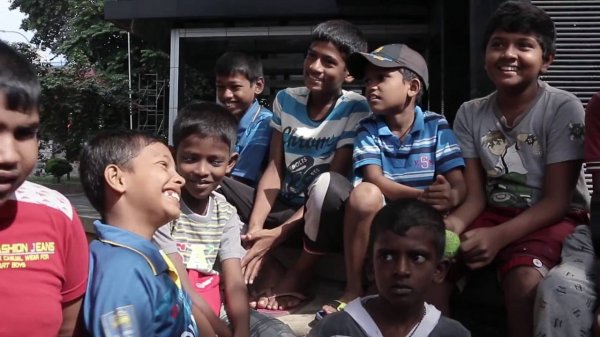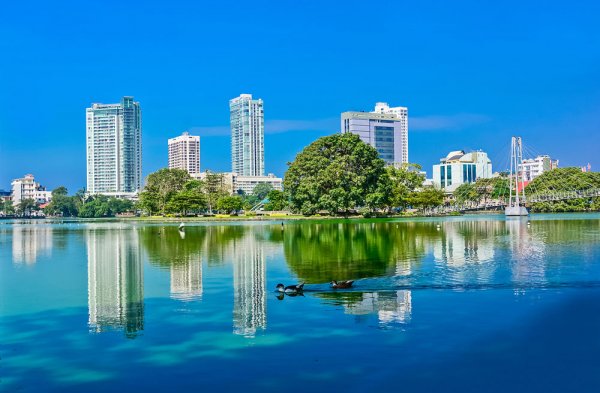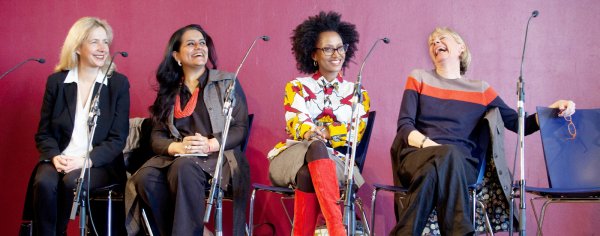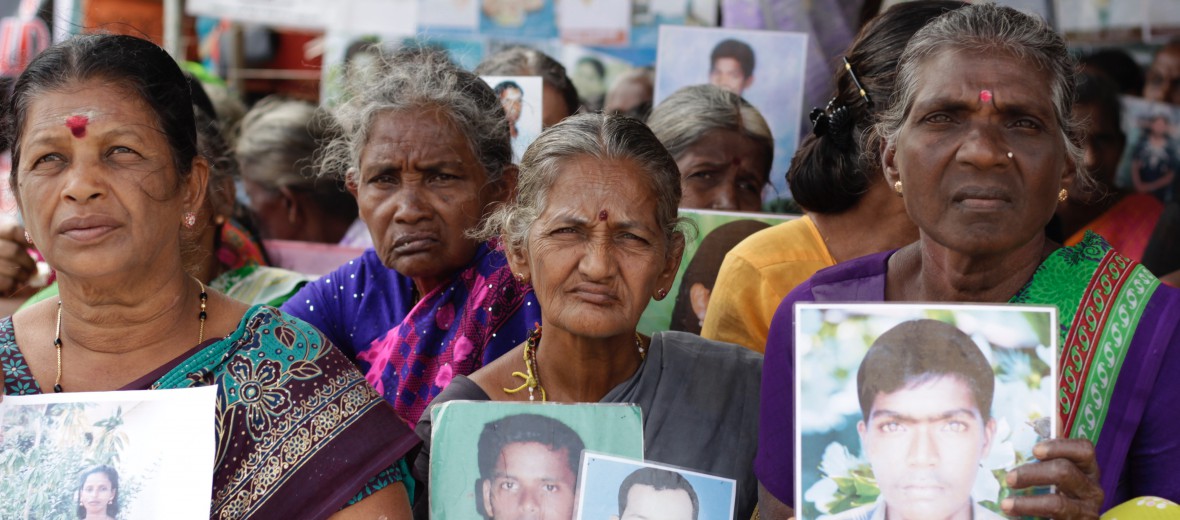
After renowned journalist, actor and poet Richard De Zoysa was abducted and murdered, his mother, Dr. Manorani Saravanamuttu, famously called herself the “luckiest mother in Sri Lanka”, because unlike thousands of others, she was fortunate enough to see her son’s body.
De Zoysa was one of approximately 65,000 people who have been forcefully disappeared during Sri Lanka’s short but bloody history of insurrections and ethnic civil war. His mother would go on to become an iconic figure, serving as coordinator of the Mother’s Front—a coalition of mothers of the disappeared from across the country demanding answers regarding enforced disappearances.
The movement was a watershed moment in the history of activism in Sri Lanka. Unlike many of the struggles that preceded it, this was a movement led almost entirely by women and cut across both class and ethnicity. Drawing on the social and cultural significance of the role of motherhood, movements like this were able to articulate a uniquely humanist politics.
The Mother’s Front no longer exists today, but the spirit of it endures, as seen by the numerous protests staged by families of the disappeared across the North and East since the beginning of this year. Protesters based in Kilinochchi, for example, were recently able to secure a meeting with President Maithripala Sirisena after over 100 days of protest.
During this meeting, they submitted a list of demands, including a demand to release the list of names of all those forcefully disappeared and of those held in secret detention centres. The women also requested access to visit their loved ones in any such secret detention centres. While President Sirisena assured that he would attend to these demands, real answers seem as distant as they were in Dr. Saravanamuttu’s time.
North To South
Discussion on enforced disappearances today often focuses on the experience in the North-East, where abductions have been allegedly carried out by the State, the LTTE—especially in relation to the recruitment of child soldiers—and by smaller paramilitary groups. Abductions in the North, therefore, are underpinned by various, and sometimes conflicting, political ideologies.
Maya, a mother from Mullaitivu District in the Northern Province, lost many of her children to war. Growing up in poverty she never finished school and was married off at the age of 18. After her husband left, Maya raised five children on her own.
But in the early 2000s, the LTTE began to recruit young boys and girls. As the years, and the war, dragged, Maya’s son and daughter were recruited, or rather abducted, by the LTTE. One of her sons was released, but Maya says that he is psychologically scarred, while another son has been arrested by the authorities on suspicion of being an LTTE cadre.
Years after the war the CID continues to harass and interrogate Maya and her family. “There is no escaping it,” she says. “It’s not just my family. Everyone in the Vanni goes through similar problems.”
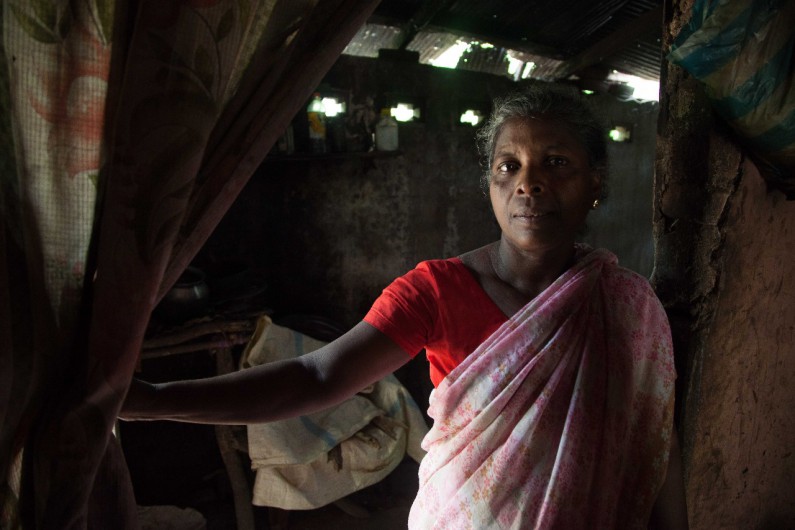
Leela’s son was abducted by unknown perpetrators, she has since wanted nothing more than to find out what happened to him. Image courtesy memorymap.lk
Leela*, from the town of Sammanthurai in the Eastern Province, has a similar story. Growing up in conditions of abject poverty and active warfare, Leela always hoped her children would have a better future, but her oldest son was abducted at the age of 16. The perpetrators remain unknown.
“Even if we get justice, there is no use,” she says. “The police asked us for records. My son had nothing. They told us to come to Vanchikuda, Annamalai to register… We got nothing from it… If my son comes back alive, that is the only thing that I want.”
Such stories saturate the North and East, but it is easy to forget that just a few decades ago, it was much the same in the South. Despite the fact that the international community has moved on to more recent conflicts, the scars and trauma caused by abductions in the South linger, and remain a strong link to the experiences of the North.
Srimani*, from Athuraliya, Matara, recalls how, during the height of the JVP insurrection, she helped a woman whose son was abducted in a jeep and went missing. “After hearing her cry, I ran to their house… I told the mother that I will for search him, consoled her, and went to the police with a neighbour.”
After visits to the police and to the Kiyanduwa and Henagama army camps where she suspected the boy was being detained, she recalls how, “That mother fell in front of the army officers and cried a lot… After one hour, an officer came and told me to go home with the mother and that they will send the son home. When the boy came home, that mother was so happy,” says Srimani.
Srimani’s account, again, is of one of the luckier mothers in the South. According to a United Nations report in 1999, Sri Lanka had 12,000 missing—the second highest number of abductions in the world—mostly from the two JVP insurrections. That number has since inflated as the civil war dragged on for a decade more.
People Power
Many would argue that Sri Lanka has made some significant strides in addressing disappearances, largely due to the strength and tenacity of ordinary citizen activists like Dr. Saravanamuttu and the scores of women across the North and East who continue to lead non-violent protests today.
The Sri Lankan Government has launched a number of Commissions of Inquiry into Enforced Disappearances since the early 1990s, some of which are publically available for perusal today. However, despite the many shocking findings of state culpability, these inquiries have provided little in terms of answers for survivors and families of the disappeared.
The Office of Missing Persons, brought into legislation last year, is the Government’s latest attempt to answer criticism and has been seen by some as a promising solution to the systematic issue of enforced disappearances. However, the OMP has yet to be operationalised, and to make matters worse, the Government has failed to pass a Bill that would incorporate the International Convention for the Protection of All Persons from Enforced Disappearance Bill into Sri Lanka’s domestic law.
Despite these many shortcomings by the state, it is ordinary citizens across Sri Lanka who have always driven change, and in the context of enforced disappearances, it is women, and particularly the mothers and wives of those forcibly disappeared, who set an example through nonviolent means of resistance, community building, and extending solidarity across class and caste.
While it is normal to look to the State as the primary agent of change, in truth it has always been ordinary people—the Manoranis, Mayas, Leelas, and Srimanis of the world—who have upheld humanist values and fought to end conflict and ensure its non-recurrence.
Editor’s note: All personal accounts have been sourced from memorymap.lk, a Community Memorialization Project, and from the Herstories project.
*Names have been changed
Featured image: Families of the disappeared in Kilinochchi marking 100 days of continuous protest, earlier this year. Image credit: Roar/Shiran Illanperuma

